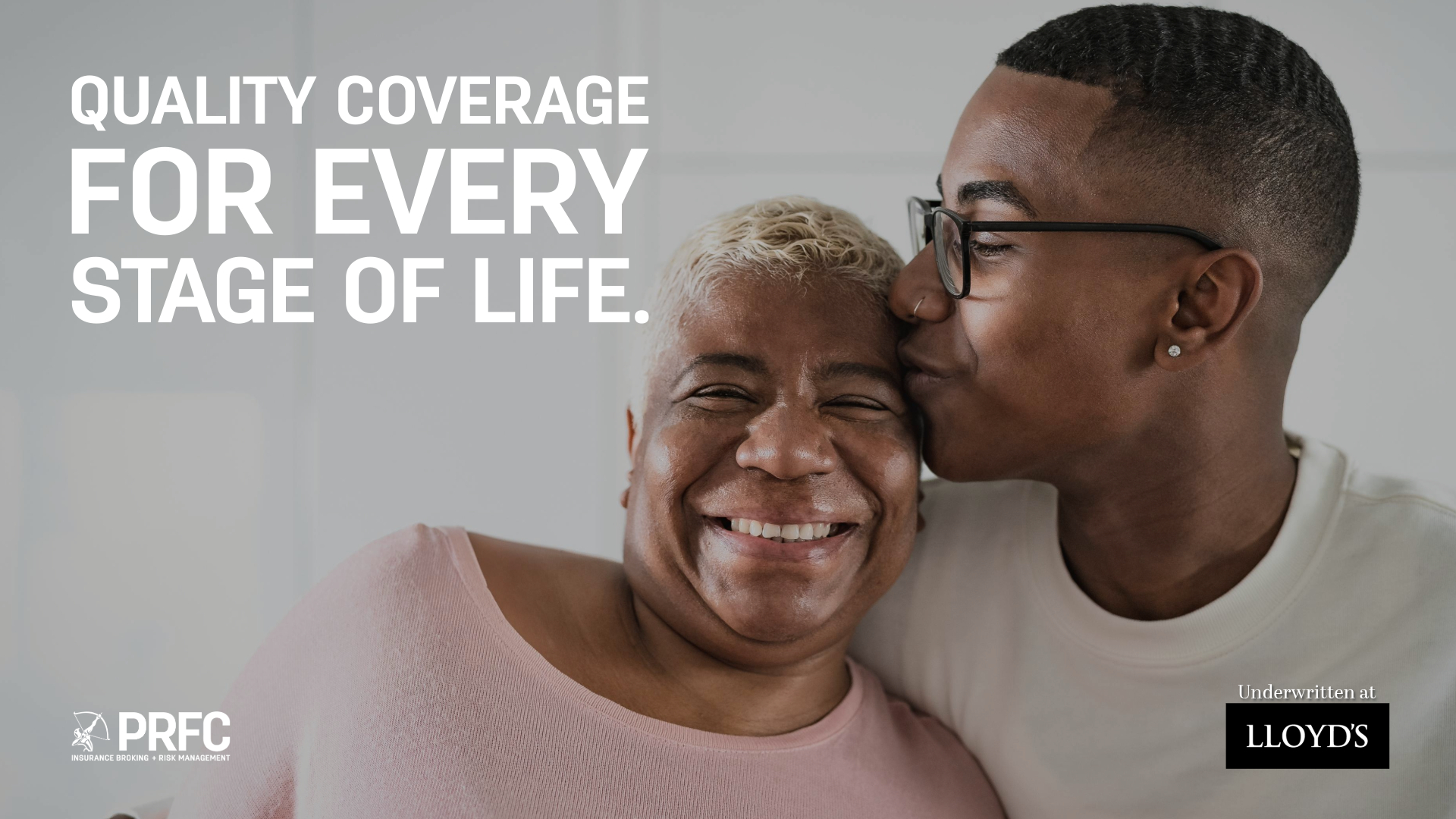
Insurance policies all require a “sum insured” to define what will be the basis of settlement should you experience a loss, and it is critical that this value is suitable to your exposures. If you use too high a value (overinsurance) you will have wasted your money as the policy will only ever pay for the actual value that was at risk. If you insure for too little (underinsurance) then you cannot be fully indemnified for your loss.
To better understand underinsurance, we must first know a little more about valuation. Every property has two values: the market value and the reconstruction value, which are almost never the same! When you buy a property, the price reflects the market value which is the reconstruction cost of the building plus the land, neighbourhood, view etc., whereas the reconstruction value only accounts for the reconstruction cost of the building.
This distinction is important because in an insurance claim, all you can get back under the contract of insurance is the repair cost if you experience a partial loss, or replacement cost for the same size, construction type and quality of building if you experience a total loss. So, the figure you should correctly insure for is the current expected reconstruction cost at the time the policy is taken out. This should be reviewed at each renewal to ensure that you are keeping up with inflation, as well as the rising cost of materials and labour.
Should you find yourself with a policy that has a sum insured representing less than the reconstruction cost (underinsurance), you may be exposed to a condition on your policy called average. This condition of average could well lead to significantly reducing the amount you can claim under the policy.
Take for example, insurance of your home, office building or company warehouse. Say that your property is built and correctly insured for its construction cost. Ten years later, your sum insured has not been adjusted to account for inflation. In the event of a loss, an Adjuster will assess the property and may find that your sum insured was simply not adequate, as reconstruction costs increased over the ten years after the property was built. In this scenario, you may well find that your settlement is reduced by the proportion of underinsurance.
Have you reviewed before you renew?
We often see that many people renew their insurance without checking their current property values. They may find themselves underinsured as a result, only figuring this out when it’s too late. If you have not reassessed your sum insured in the last three to five years, we strongly advise that you consider doing so at your earliest convenience.
At PRFC, we are in the business of risk management, and a part of this is making certain your solutions (insurance and otherwise) match your exposures. Bringing three generations of experience and knowledge, we understand your needs and can help you find solutions that always work as they should.
Give us a call at 628 PRFC to learn how we can help manage your risks.




